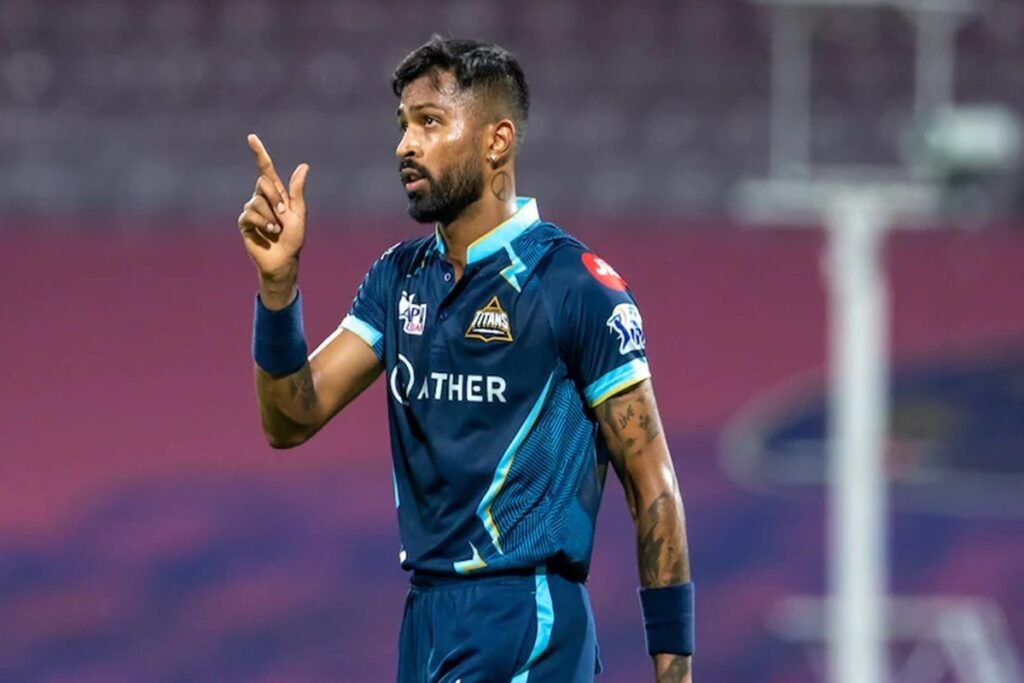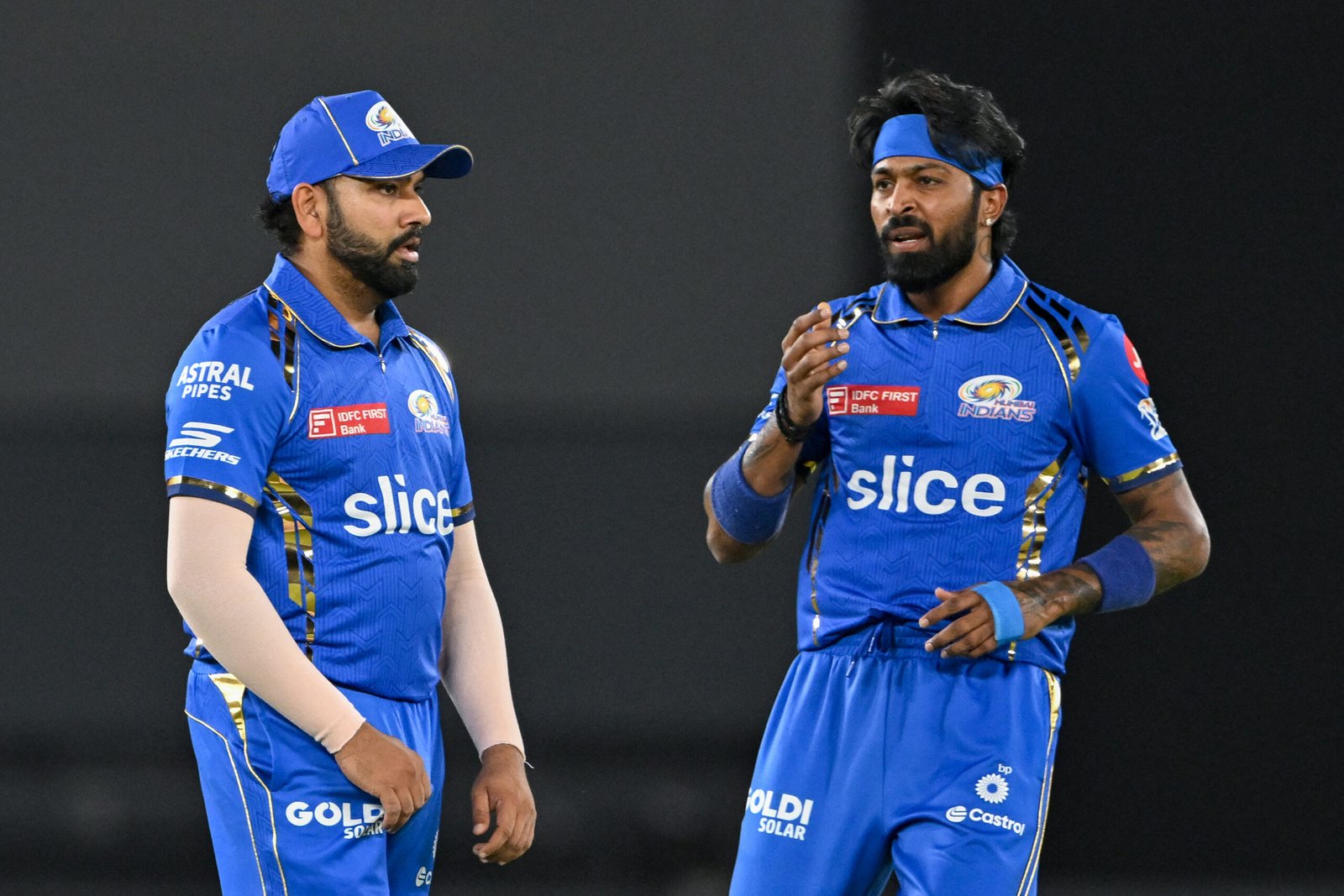Cricket is a game that is very traditional and involves a lot of aggregates. It has always been known to have an element of numbers in it. Although in the past the focus on the strike rates is not so much. In the current age of numbers, the pace has become very high. The strike rate is one of the key factors in the performance of a player. The captain Hardik Pandya has lately suffered unprecedented condemnation following the short catch, and poor strike rate of 120. The decline of his team’s performance called for strike rate as an important metric for the assessment of cricket’s results.
Importance of Strike Rates
As summarized by the strike rates, one of the new measurements represents a rate of runs per 100 balls faced. The dynamics in cricket particularly in the shortest format of cricket T20 and ODI have changed completely. A good strike rate individuality features an aggressive and efficient batsman. On the one hand, the batting average has raised this issue. On the other hand, it has also attracted much criticism and pressure on the fails. That they couldn’t maintain a high batting.
Hardik’s Performance

The Indian successful all-rounder and MI’s captain Hardik Pandya was abused for giving some defensive shots. Even though Pandya’s hitting is exceptional and he is famous for his immense power in batting, his strike rate of 120 during his most recent match.
It is considered one of the explanations for why he has not been able to live up to his capacity as someone in his position and level. This observation shows that the current trend is towards a high focus on a strike rate. Even in a conditionally challenging situation or a role that is not just about consumption.
Role of the Captain
Hardik Pandya is playing as batting frontline and is also leading his team. It is when the role of being the leader comes along, accompanied by its own set of responsibilities and pressures. A captain generally has to show the lead, and in case of a poor performance, members of the crew may follow, or on the other hand, take the lead themselves. On this note, the high strike rate might just be a mirror of his captaincy, to begin with.
The importance of leadership in this context
A low strike rate namely from a core player always elevates the pressure on the other batsmen, which can in turn affect the overall run rate and pressure the others to play more unfortunately. Such incidents may provoke the bowlers to bowl short-pitched balls thereby, resulting in the wicket of the batsman or conversely, hindering the team’s plan.
The importance of the fact is that it reveals the multitude of potential factors, but what matters above all is the context. Some of the times more of a conservative strategy might be working for the team rather than others.

The Debate
The strike rate critique faced by Pandya has now become a debated issue as to the relevancy and significance of strike rates in cricket. Supporters assert that an overshadowing tendency to extreme strike rates. This provides risky batting that disregards the important aspects of the game. They believe that a personnel player cannot estimated based only on the strike rate.
The discussion around Hardik Pandya’s form of cricket indicates how he makes a difference in the game played by him in the past. It is normally when the strike rates are small that the T20 format of the game is much more appealing. However, Hardik Pandya doesn’t stick to these statistics they bring out much more than these. Leadership, skill, and contribution to the team are as big a part as the set piece and set run is to his team.

